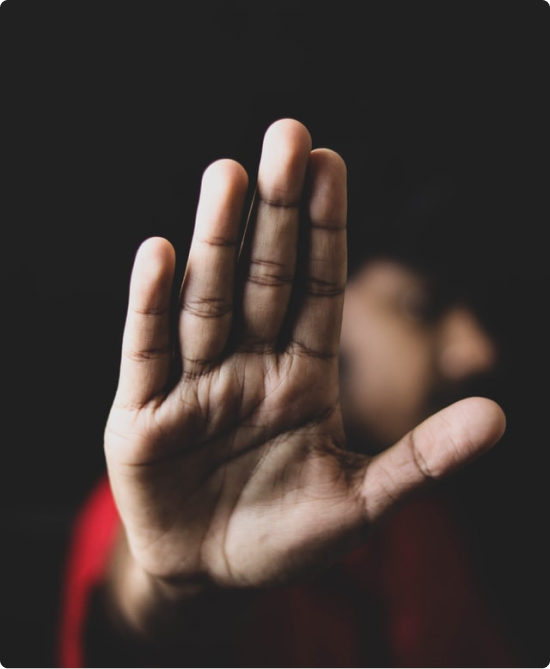The United States Department defines human trafficking as: all criminal actions that reduce, hold, or compel someone into a service. This includes the following forms of modern-day slavery: forced labor, bonded labor, involuntary domestic servitude, sex trafficking, child sex trafficking, and child soldiers.
Trafficking Statistics
Despite the significant disruptions to efforts to combat this crime, the anti-trafficking community found ways to adapt and forged new relationships to overcome the challenges.
- An estimated 40.3 million victims are trapped in modern-day slavery. Of these 24.9 million were exploited for labour and 15.4 million were in forced marriage
- An estimated 21 million children, women and men are caught in the cycle of trafficking worldwide, with 80% of trafficking victims women and up to 50% children
- There are between 100,000 to 300,000 sex trafficking victims under 18 in the U.S. per year
- 12 years old - the average age of entry into sexual exploitation industry, with some as young as 9 years old
- Total yearly profits generated by human trafficking are $32 billion. Specifically, trafficking for sexual exploitation generates $28 billion per year
- Human trafficking is the fastest growing and third largest organized criminal activity, behind only drug and arms trade
Florida is one of the top three human trafficking destinations in the United States. In one year, there were 878 calls to the national human trafficking hotline pertaining to the state of Florida. Of those, 329 were able to be verified as human trafficking cases.
Here’s how the percentages work out for those 329 calls.*
80% of Florida callers were female
70% of Florida callers were adults
30% of Florida callers were U.S. citizens
The problem is larger than you think
78% of slaves are used for labor, 22% of slaves are used for sex, 71% of slaves are women and girls, and 33% of slaves are children. One person is trafficked every 10 minutes.
|
Human Trafficking
Is the trade of humans for the purpose of forced labour, sexual slavery, or sexual exploitation for the trafficker. |
Sex Trafficking
Occurs when a trafficker exploits an individual with force, fraud, or coercion to make them perform commercial sex. |
|
Organ Trafficking
Is the practice of stealing or buying organs through exploitation to be sold on a black market for profit. |
Internet Trafficking
|
How to identify victims of human trafficking
Identifying human-trafficking victims is an important step in getting them the help they need. Below are common indicators of a potential trafficking victim:
- Does the person act fearful, anxious, depressed, submissive, tense, nervous, or paranoid?
- Does the person always defer to another person to speak for him or her?
- Does the person have signs of physical and/or sexual abuse, physical restraint, confinement, or torture?
- Does the person freely contact friends or family?
- Does the person have freedom of movement? Does the person work excessively long and/or unusual hours?
- Is the person allowed to socialize or attend religious services?



